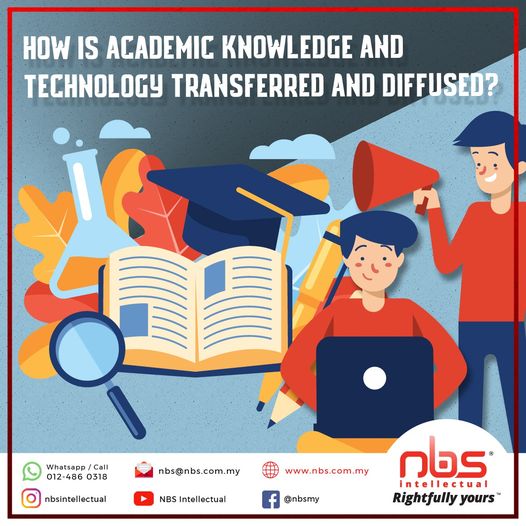Academic knowledge and innovative technologies are transferred and used for scientific, technical, socio-economic and commercial purposes through a variety of channels, including:
• Publications (technical journals, scientific magazines, etc.) ;
• Presentations and personal contacts (conferences, courses, professional organizations, etc.);
• patent documents;
• contract research, sponsored research and R&D collaborations with firms;
• institution-industry staff exchange;
• postgraduate projects
• students entering the workforce;
• consultancy work by university staff;
• assignment and licensing of technology; and
• spin-offs and start-ups.
Spurring the flow of ideas and inventions from university/PRI laboratories to the marketplace aims to benefit society through new products, processes, jobs and ideas.
In order to maximize the socio-economic impact of publicly-funded research results, universities and PRIs need to ensure that they are disseminated effectively. That means considering all types of diffusion and transfer mechanisms (e.g. open access publication, licensing, spin-offs, start-ups and collaboration in R&D) and all possible commercialization partners (such as spin-offs, existing companies, investors, SMEs, other non-profit organizations, innovation support agencies, even governments), and selecting the most appropriate ones.







Comments are closed.